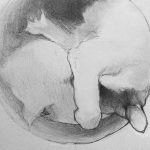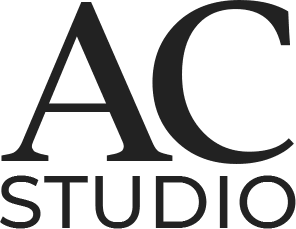The seasons have crept up on us (again) here in Britain. We are enjoying something of an “Indian Summer” while the rich colours of Autumn start to appear. I love the expectation and fresh feel I get at the start of a new season and sought of close my mind now to the fact that Autumn will ultimately morph into Winter with its colder weather and shorter days.
Positivity – this is only the start of Autumn and I refuse to start thinking in terms of “weeks to Christmas”. I have, however, found returning to a project I started about this time last year that worked well the shorter days and longer evenings when painting in a cold studio space, under artificial lights, became less and less appealing.
It is with these thoughts swishing around in my head I found myself picking up a book I started last Autumn on atelier drawing. I knew nothing about atelier drawing but knew I needed to work my sketching style. I was in the habit of just starting a sketch and spending too long fiddling with the image, not really knowing how to fix it, resulting in getting more and more detailed and heavier and heavier, along with my mood.
Too often, after days of working on what was intended to be a quick sketch, it would end up in the bin. I knew I had poor observational skills and it sounded like atelier would be ideal to help with this and teach me the techniques of how to draw. If I could become more proficient at making marks I reckoned I could develop a looser, more confident style. It would also be quite nice to be able to produce a representational image every now and then too.
With this in mind I applied my usual approach:
- Google search
- Amazon search
- get stuck in!
… all very considered!
The book I chose was Beginning Drawing Atelier by Juliette Aristides, published by Monacelli Studio ISBN 978-1-58093-512-8.
Why did I choose this book from amongst the many instructional books on sketching? Mainly because it is “An Instructional Sketchbook”. You are encouraged, nay expected, to scribble in it and draw alongside Juliette’s most impressive images.
The book is a lovely mix of information, illustrations and practical exercises. It’s hardback and a manageable size to be able to work in on your lap (with a good light) and divided into sections I recognised on line, shape, volume, value and form.
Dutifully I started at the beginning and did feel I was reading some time before I got to the first drawing on page 18. You start by copying lines and letters. You breakdown classic drawings into lines and shapes, all of which sounds somewhat elementary but it really does help as you move through the book. The first real drawing exercise I found on page 40. I still felt challenged when I came to an empty, stark white, space that I had to draw on but start I did and I found I was better equipped to spot my errors and correct them. Something that had been anticipated by the author as the paper is of a high quality and will withstand much (much) erasing.
Drawing like this does require patience and a light touch (neither of which plays to my strengths). I did, however, find the Tombow MONO Zero Elastomer Erasers, they’re the ones that look like automatic pencil, invaluable for detailed corrections.
Something to note – it is a book for right-handed people. I got around this by turning the book upside down for the drawing exercises. This could be seen as a plus for us left-handers.
Interestingly I got to page 56 (midway through the section on shape) when Spring sprung this year and the book was put to one side. For me it is clearly a Winter evening experience as it is the project I am find my way back to.
This really was (and continues to be) a learning exercise for me, as opposed to just having fun, but very worthwhile. I have put some of my drawing exercises in the book below and some the drawings/sketches I have made subsequently.
Is this delivering what I wanted? I think yes but would love to hear your thoughts and experiences.
Ann Cracknell













